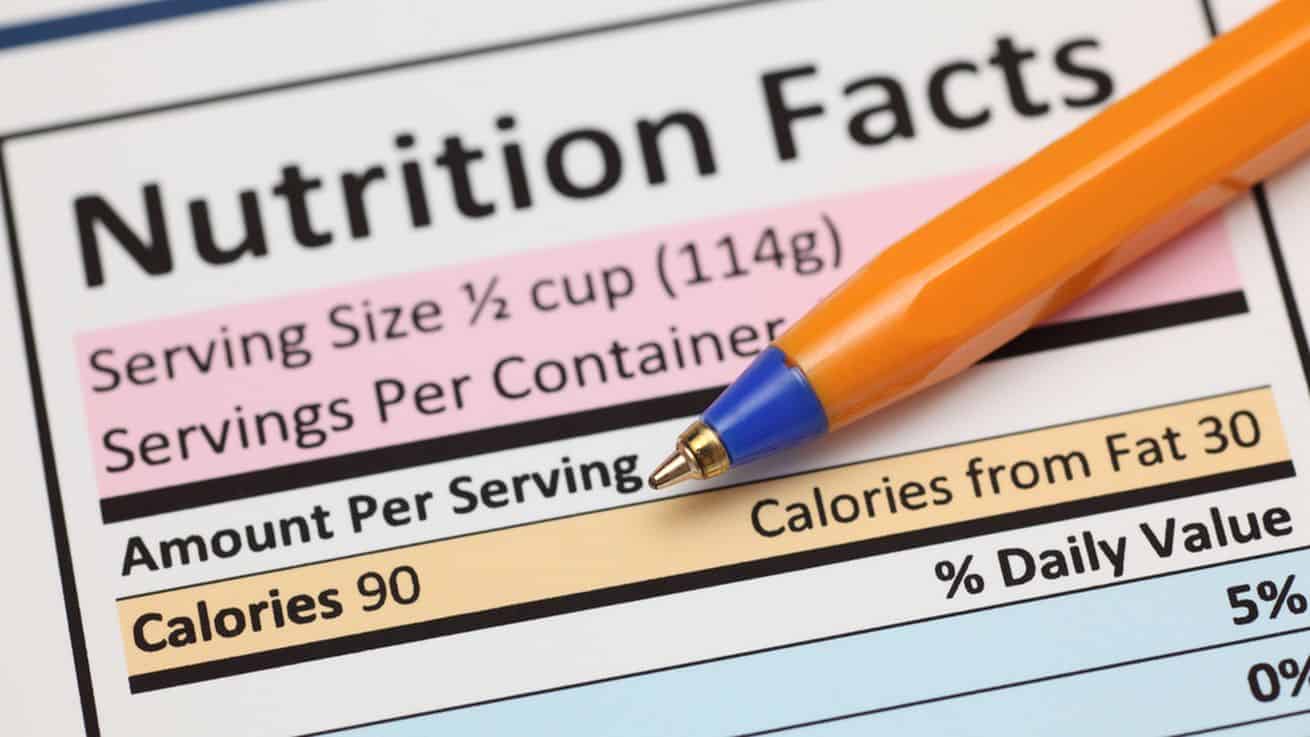
Whether you realize it or not, some of you might have or even often bought food because you were influenced by its commercial ad. For example, when you’re on a diet and want to switch your usual snack to vegan ones. But wait, you also have to see the nutrition label that is usually printed on the back of the product’s packaging, written as Nutrition Facts. Because the product might still contains fats and high carbs. Well, have you already been careful on choosing food product or drinks? If you haven’t, it is better for you to read these tips!
1. Take a Look at the Serving Size
The serving size written on the nutrition label is the recommended portion for one serving. Meanwhile, the serving per container is the number of serving in one whole package or container of the product. You need to take a look at this, more over if you have special diet for certain disease such as diabetes, cardiovascular, or you just want to lose some weight. Because if you eat the whole package in one time, you will surely consume more calories than you need.
2. Check the Calories Number Per Portion
This may be the most unnoticed thing. The number of calories, or on some products are written as the total energy, is the calories in each serving size. Yup, each serving doesn’t always mean one container, just like explained before in point number one. For example, in a snack packaging written 50 kcal and 6 servings per container, it means if you straightly consume the whole container, the calories you consume will be 300 kcal. The number of that calories is actually equal to one portion of heavy meal. So, it is better if you limit the food you consume in accordance to the serving per container. Also, if you don’t consume it all in once, it will save your money, right?
3. Watch Your Fat Intake
You should also see “Calories from Fat” which means the number of calories produce from the fat in the food or drink. The way to calculate it is equal as calculating the calories on the second point above. Besides that, you also have to pay attention to Total Fat, Saturated Fats, and Cholesterol. Why? It’s because if you’re on a diet, fats are the most restricted one. Moreover, saturated fats is the “bad” fat for your diet. And don’t get it wrong, not all of vegan snack you choose is a low fat, especially if it’s made by frying process. It would be a shame, right, if you ruin your diet just because you’re influenced by a commercial ad?
4. Know the Limit
Besides fat, the mineral that should be limited and also written in Nutrition Facts is sodium, or also written as natrium. Sodium or natrium is the source of salt. It’s true that salt is needed for our body, but the excess of salt will mess up your diet. This is also important if you or your family have a high blood pressure.
5. Don’t Forget About the Carbs!
The next important thing is the total carbohydrates. Yup, carbs is needed as an energy source for our body. But remember, you also get carbs from other source besides your snack. Moreover, the over amount of carbs will also be processed in our body as stored fat. You will find two columns below the total carbohydrates, which are Dietary Fiber and Sugars. A high Dietary Fiber is good for your diet because it has benefits for your digestive system. Well, for Sugars, you definitely have to limit it.
6. Monitor the Daily Value
The numbers in percentage written on the right column is the Daily Value (DV). For example, it’s written 10% for the Total Fat, that means by consuming one serving of the product you already consume 10% of total fat that your body needs. It’s usually written as %DV*. The asterix means you have to read the footnote that usually says “%DV are based on a 2.000 calorie diet. Your Daily Values may be higher or lower depending on your calorie needs”. Yup, the calorie needed in every person is different, depends on some factors such as sex, age, and activities.
7. Ingredients
Don’t forget to see the product’s ingredients. FYI, the first written ingredient is the most used ingredient for the making of the product. And so on, until the last written ingredient means it is used in the least amount. Try to look at it to prove whether your snack is really made from 100% veggies, or just synthetic vegetable flavoring or aroma.
8. Additional Information
Other information that can be found are protein, vitamin A, vitamin C, calcium, and iron. You don’t have to worry about this column for your diet, instead your needs for these vitamins and minerals must be fulfilled. Just don’t forget that an excessive amount is never good. So, are you ready to be a smart food shopper?

